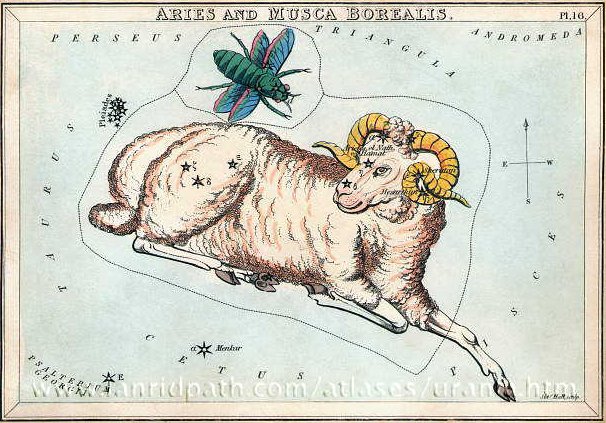When the Queen (Cassiopeia) is falling from her throne it probably means 'daytime' is arriving - she is dethroned. Possibly this happened in 'May 17 (Manzil day 1), although it once might have happened at the heliacal rising of the Haedi (Goat) kids.
However, the creator of the G text perhaps indicated her ending with kava at λ Eridani (right ascension day 77). Others may have seen her final 8 days after hakaariki (making a king), when the Heavenly Gate star (ζ Tauri, the last star of any importance in the constellation) rose heliacally, an event which coincided with the manzil date Albatain 1. Albatain is probably another name for the last star in the Pleiades, Atlas (and the only man among them). 'June 8 (alluding to 68 days from equinox when Aldebaran rose heliacally) could have motivated tagata in Gb5-27 (where 52 * 7 = 364). We can assume λ Leporis is the correct place for when the Night Queen was dethroned. Mauga means invisible and so does λ (and Lepus is the Hare, i.e. Moon). This happened in right ascension day 80.
Probably it means Atlas once was regarded as a personification of the new Sun King who would be inaugurated after the Night Queen Cassiopeia had fallen on her face. Counting from the 'egg' (ο Tauri) in 'May 10 there are 6 days to Atlas, but it seems more reasonable to count from the 'Sun Flower' in Gb4-28, where 42 * 8 = 336:
Glyph 336 (= 136 + 200) is manu rere in Gb4-15 (referring to right ascension day 399 and also to the synodic cycle of Jupiter). 'April 24 is 22 days before 'May 16. A Moon period should begin 4 nights earlier than at first perceived (the 'incubation time') and a Sun period could therefore begin 3 days earlier. Normally Moon must have been the celestial person relied on for measuring time and 84.0 at ζ Tauri (Heavenly Gate) can be imagined as 4 + 80. Similarly there are 84 days to March 21 if we should count the regular year only to day 364 and jump over day 365:
However, the heliacal rising of Algenib Persei - I think the name should be understood as 'the Elbow' of Perseus (rather than his 'side' which Allen prefers) - is definitely a better choice for marking a 'joint in time' than Botein (or ο Tauri) - because it is easier to see and positioned exactly at 50.0 (a number which can be compared to Gregorian day 500 when the Pleiades are beginning and when the date Alrescha 14 marks day 364). Botein is δ Arietis (at 46.9) and presumably conceived as a star still inside and waiting to be born - after the right front wing (at 40.9) of the Flying Spirit from above has touched her:
To continue with the glyphs in line b6: We should look ahead to Albatain 13 and see what happens next:
These 12 glyphs evidently form a group, beginning 30 days after 'May 16. Perhaps they allude to the 4 quarters of a year. The 4th such quarter centers on Canopus and has gagana signs. It ends with glyph 399, probably referring to the cycle of Jupiter. Maybe each of these suggested quarters corresponds to 100 days. 172 (June 21) + 200 = 372 and Gregorian day 372 corresponds to January 7:
And glyph 372 is at the 'May 30 (Sheratan 14) dark 'joint' in time, with no stars on my list:
Then follows another group, possibly also ordered in 4 quarters (though with 4 'months' in each). 12 + 16 = 28:
Sirius is at the remarkable Gb6-20. However, the design of the glyph presumably refers to the ψ Aurigae glyphs which once defined the solstice. The Charioteer carries goat kids on his back:
... Marcus Antonius, who this year was consul together with Ceasar, became high priest and responsible for the ceremonies. In the middle of February, at the time of the old feast of Lupercalia, he ran around naked (except for a girdle - like a maro), and whipped the Roman ladies with thongs made from goat-skin, in order to promote ('kick' - Rei), their fertility ... |






























